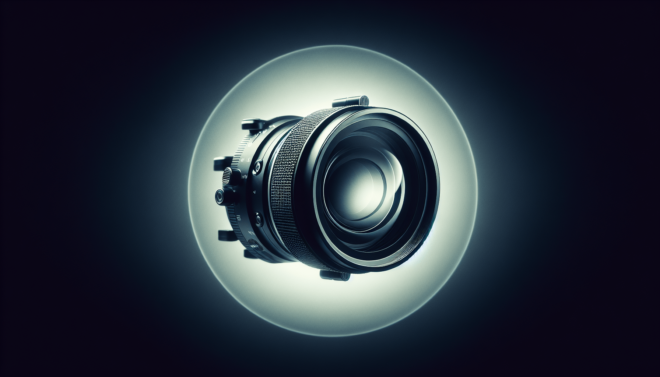Introduction
Are you looking to improve the quality of your low-light drone photography by reducing noise in your images? In this article, we will explore various techniques that can help you achieve clearer and sharper photos in challenging lighting conditions. Read on to find out how you can take your nighttime drone photography to the next level.
Noise in low-light photography can be a common issue faced by drone photographers due to the limited amount of available light. However, with the right tools and techniques, you can effectively reduce noise in your images and capture stunning shots even in low-light conditions. Let’s dive into some practical tips and strategies to help you achieve better results in your low-light drone photography.
Understanding Noise in Low-light Photography
Before we discuss how to reduce noise in low-light drone photography, it’s important to understand what noise is and why it occurs in low-light conditions. Noise is the random variation of brightness or color information in an image, which can result in grainy or pixelated artifacts. In low-light situations, the sensor in your drone camera may struggle to capture clean and accurate data, leading to an increase in noise levels.
Types of Noise: Luminance and Chroma Noise
There are two main types of noise that you may encounter in your low-light drone photography: luminance noise and chroma noise. Luminance noise appears as variations in brightness levels within an image, while chroma noise manifests as unwanted color artifacts. Understanding the differences between these two types of noise can help you apply targeted noise reduction techniques to improve the overall quality of your photos.
Tips for Reducing Noise in Low-light Drone Photography
Now that we have a better understanding of noise in low-light photography, let’s explore some practical tips for reducing noise in your drone images:
1. Use Lower ISO Settings
One of the most effective ways to reduce noise in low-light drone photography is to use lower ISO settings on your camera. Higher ISO values can amplify noise in your images, especially in dimly lit conditions. By lowering the ISO setting, you can minimize noise and achieve cleaner, more detailed shots.
2. Opt for Longer Shutter Speeds
Another strategy for reducing noise in low-light photography is to opt for longer shutter speeds. By allowing more light to reach the sensor over an extended period, you can capture brighter images with reduced noise levels. Keep in mind that using longer shutter speeds may require a steady hand or a tripod to avoid motion blur in your photos.
3. Shoot in RAW Format
When capturing low-light drone photography, it’s recommended to shoot in RAW format rather than JPEG. RAW files contain more image data and allow for greater flexibility in noise reduction during post-processing. By shooting in RAW, you can retain more details in your images and apply noise reduction techniques more effectively.
4. Experiment with Exposure Compensation
Adjusting the exposure compensation settings on your drone camera can help you achieve better results in low-light conditions. By increasing the exposure compensation, you can brighten your images and minimize noise in darker areas. Experiment with different exposure settings to find the optimal balance between brightness and noise levels.
5. Utilize Noise Reduction Filters
Many post-processing software tools offer noise reduction filters that can help you tackle noise in your low-light drone photography. These filters are designed to analyze and remove noise artifacts from your images, resulting in cleaner and sharper photos. Explore the noise reduction options available in your editing software to enhance the quality of your drone shots.
Advanced Techniques for Noise Reduction
In addition to the basic tips mentioned above, there are some advanced techniques that you can employ to further reduce noise in your low-light drone photography:
1. Apply Selective Noise Reduction
Selective noise reduction allows you to target specific areas of an image where noise is more prominent. By applying noise reduction selectively, you can maintain sharpness and clarity in the areas of your photo that require it while removing noise from the background or less critical areas. Experiment with selective noise reduction tools in your editing software to enhance the overall quality of your images.
2. Stack Multiple Exposures
Stacking multiple exposures is a technique commonly used to reduce noise in low-light photography. By capturing several images of the same scene at different exposure levels and combining them in post-processing, you can achieve a cleaner and more detailed final image. Stacking exposures helps to reduce noise while preserving image quality, especially in challenging lighting conditions.
3. Utilize Dithering Techniques
Dithering techniques involve adding controlled noise to an image to blend and smooth out existing noise artifacts. By strategically applying dithering algorithms during post-processing, you can create a more balanced and visually pleasing result with reduced noise levels. Experiment with dithering techniques to enhance the overall quality of your low-light drone photography.
Conclusion
Reducing noise in low-light drone photography is essential for capturing clear and high-quality images in challenging lighting conditions. By applying the tips and techniques outlined in this article, you can enhance the overall quality of your nighttime drone photography and achieve stunning results. Experiment with different noise reduction strategies, and don’t be afraid to explore advanced techniques to elevate your low-light drone photography to the next level. With persistence and practice, you can master the art of noise reduction and create breathtaking images that stand out from the rest.

